![full-view [248K]](images/full-view.jpg)
![full-view [248K]](images/full-view.jpg)
![intake-screens [328K]](images/intake-screens.jpg) The house has overhanging trees, so the intake screens consist of hardware cloth at an angle (so the leaves will be washed away and to keep them off the mosquito screen) plus the mosquito screen over the funnel. The mosquito screen is attached to the top of the funnel by plastic ties and caulk. The caulk ensures an insect-proof connection between the screen and the funnel. The plastic ties keep the screen tight while the caulk sets. The funnel sits in a hole cut into the top of the barrel and is sealed with caulk. Water that runs off the hardware cloth and onto the top of the barrel will drain off through the original holes in the rim.
The house has overhanging trees, so the intake screens consist of hardware cloth at an angle (so the leaves will be washed away and to keep them off the mosquito screen) plus the mosquito screen over the funnel. The mosquito screen is attached to the top of the funnel by plastic ties and caulk. The caulk ensures an insect-proof connection between the screen and the funnel. The plastic ties keep the screen tight while the caulk sets. The funnel sits in a hole cut into the top of the barrel and is sealed with caulk. Water that runs off the hardware cloth and onto the top of the barrel will drain off through the original holes in the rim.
![hose-bibb-and-supports [134K]](images/hose-bibb-and-base.jpg) The base is made of six 12" x 12" pavers and three 6" x 18" pavers which raise the barrel high enough to allow connecting a hose. The hose bibb is located where the pavers meet to provide "bump" protection for it.
The base is made of six 12" x 12" pavers and three 6" x 18" pavers which raise the barrel high enough to allow connecting a hose. The hose bibb is located where the pavers meet to provide "bump" protection for it.
![overflow [181K]](images/overflow.jpg) The overflow pipe and hose bibb are carefully threaded into just-the-right-size holes drilled and filed in the barrel and are sealed with caulk.
The overflow pipe and hose bibb are carefully threaded into just-the-right-size holes drilled and filed in the barrel and are sealed with caulk.
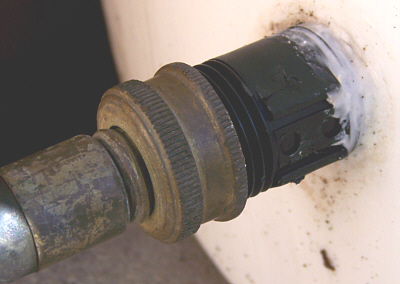
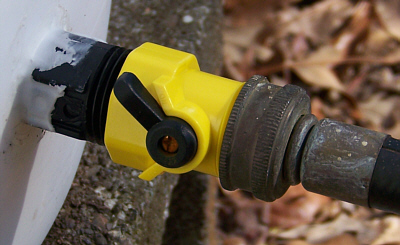
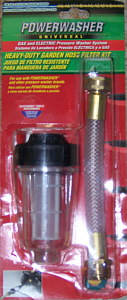

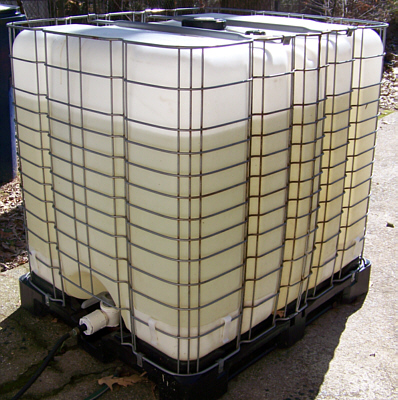
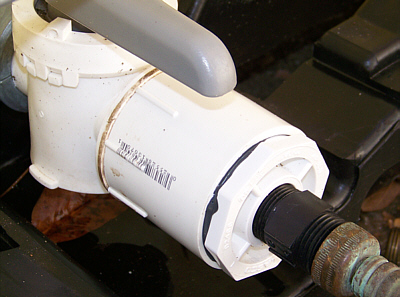
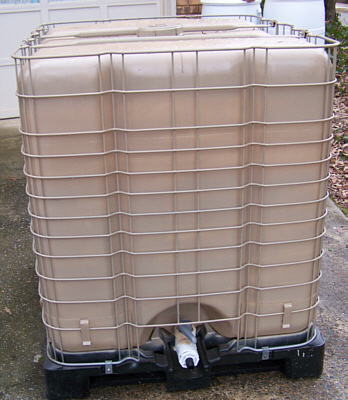
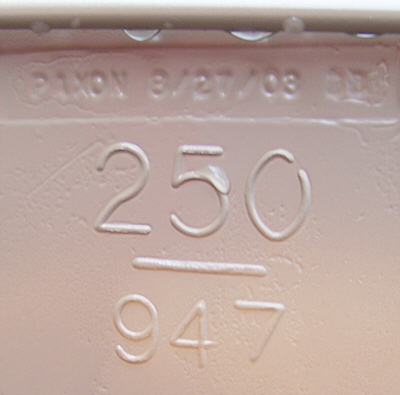
|
Home
|
Copyright © 2007-2008 John E. Carter
Last update . |